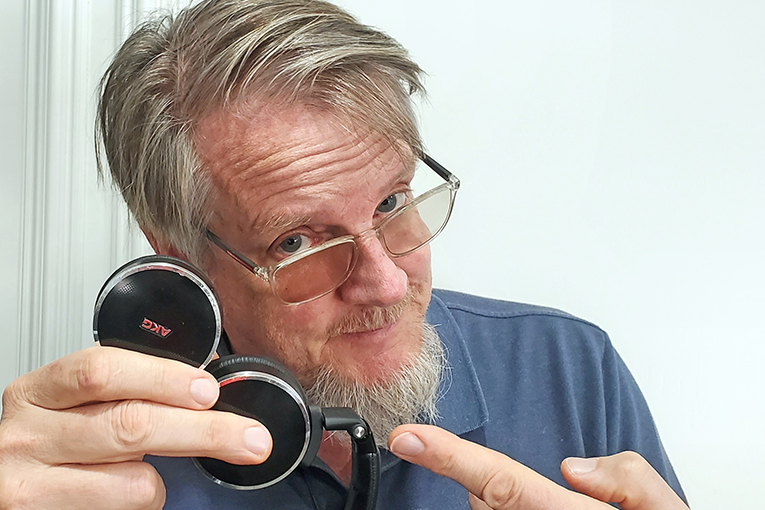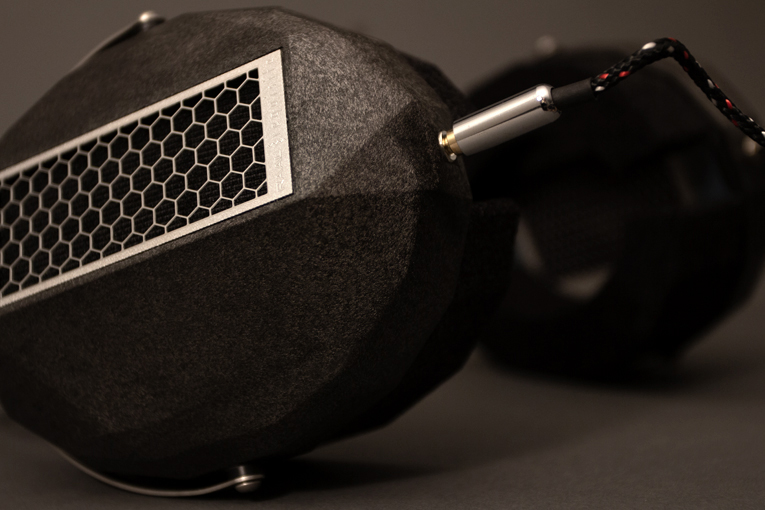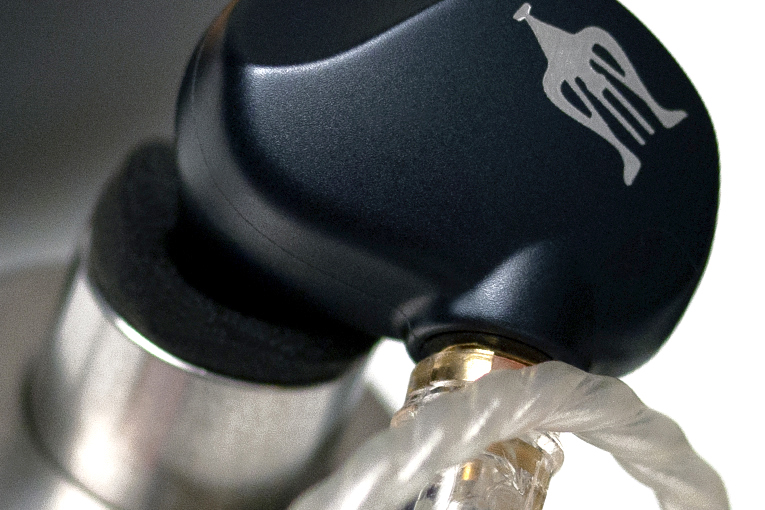Features

- Details
- Written by: Geoffrey Morrison
Let’s start with the obvious: if you fly a lot, you should get some noise-canceling headphones. I’ll include trains and buses, too, since they can also be loud. NC headphones, the good ones anyway, can reduce that incessant droning that makes travel so tiresome. I never travel without them, but the style I travel with might surprise you. Personally, I prefer in-ear NC earphones. I’ve met countless frequent travelers who think I’m crazy. They also think this earphone preference is wild, as they’d never leave the house without some big, comfy over-ear headphones.

- Details
- Written by: Geoffrey Morrison
The worst thing to happen to me while traveling was getting robbed on a night train in Italy.

- Details
- Written by: Geoffrey Morrison
Don’t be alarmed. I am not Brent. Don’t worry. He’s fine, but he has stepped down from SoundStage! Solo. You’ll still see his byline once in a while, though. He, along with founder Doug Schneider and Editor in Chief Jeff Fritz, have decided to hand the reins over to me. A decision steeped in genius. Or folly. Bit of both? We shall see.

- Details
- Written by: Brent Butterworth
I’m sad to say this will be my last column for SoundStage! Solo. I’ve accepted a full-time staff position at the consumer-review site Wirecutter (for whom I’ve worked part-time for several years), and won’t be able to do any audio-related freelance work going forward. If everything goes as scheduled, my last review will post on January 20, and my last measurements sometime in February.

- Details
- Written by: Brent Butterworth
Numerous as misunderstandings are in the world of audio, I’d guess that in consumer audio, there’s nothing more misunderstood than the amplifier. I think that’s because many audio aficionados base their understanding of amps less on technical knowledge than on what they’ve read in subjective reviews, where writers—almost none of whom possess substantial knowledge of amp design—are typically encouraged to sling exaggerated, exotic adjectives to make what’s often a rather generic product sound like a transformative experience.

- Details
- Written by: Brent Butterworth
As I reported last month, the number of target curves for headphone and earphone response is growing. Honestly, I’m a bit dismissive of some of these curves. I’m fine with it if people like them, but based on my decades of communication with readers, I’m skeptical of the idea that any target response is a surefire prescription for listener satisfaction—although they certainly can serve as reference standards against which other models can be compared.
- Do We Really Need All These Target Curves?
- The Problem with Hearing Correction in Headphones
- RF: A Phantom Menace?
- Understanding Current
- The Big Mistake Many Headphone Makers Keep on Making
- How Consistent Is the Quality of Headphones and Earphones?
- David Chesky’s New New Revolution in Headphone Sound
- Why You Shouldn’t Always Rely on Measurements
- The Shocking Truth About Truck-Stop Earphones
- Are There Valid Objections to the Harman Curve?
- Is It Possible for Headphones to Sound Fast? (Or Slow?)
- The Four Things that Recording an Album Taught Me About Audio
- What Playing Music Taught Me About Audio
- Voicing Headphones, Part 3: Campfire Audio's Ken Ball and 64 Audio’s Vitaliy Belonozhko
- The #1 Red Flag in Audio Articles, Ads . . . and Everything Else
- How Not to Go Deaf from Headphone Listening
- What’s the Future of High-End Headphones?
- How Audio Writers Are Killing the Audio Industry
- Why Buying High-Quality Headphones Is a More Responsible Purchase
- Does It Make Sense to Demo Audio Over the Internet?
- The New Standard That Killed the Loudness War
- Headphones 2020: The Year in Review
- Three Cases Where Measurements Didn’t Work
- How Much Can We Really Tell From Listening?
- Balanced Armatures: Why You Might (or Might Not) Want Them
- The Coming Revolution in Headphone Sound Quality
- Can Accuracy in Music Reproduction Exist?
- The Biggest Lie in Audio
- Voicing Headphones, Part 2: HiFiMan’s Fang Bian and Focal’s Mégane Montabonel
- What Will the Next Generation of Headphones Be Like?
- How Far Have Headphones Come?
- Voicing Headphones, Part 1: PSB/NAD's Paul Barton and Dan Clark Audio's Dan Clark
- How Will Headphone Testing and Reviewing Change in the 2020s?
- What the AKG K371 Headphones Tell Us About "Slow Listening"
- Where Are We At With The Harman Curve?
- Why Headphone Amps Are More Interesting Than Speaker Amps
- 2019’s Most Important Headphone Presentation
- Noise Canceling Is Much More Complicated Than We Thought
- How Does Aging Affect Audio Perception?
- Noise-Canceling Headphones for 17 Cents?
- Is Chesky Dumping Binaural?
- Why My Fi Ain't Hi-Fi
- Latency: A New Concern for Audiophiles?
- How to Read Our Headphone Measurements
- Eardrum Suck: The Mystery Solved!
- Should Audio Gear be Considered Luxury Goods?
- Headphone Equalization Using Measurements
- Why Is It So Hard to Rate Headphones?
- Five Things Headphone Enthusiasts Get Right (and That the Two-Channel Guys Get Wrong)
- The Best Possible Way to Test Audio Products (and Why Most People Don't Do It)
- Will aptX Adaptive Improve Headphone Sound?
- Is the miniDSP EARS the Death of Headphone Measurement? Or its Savior?
- What Are Measurements Good For?
- How Much Noise Do Your Headphones Really Block?
- Why We're Launching "SoundStage! Solo"
SoundStage! Solo is part of
All contents available on this website are copyrighted by SoundStage!® and Schneider Publishing Inc., unless otherwise noted. All rights reserved.
This site was designed by Karen Fanas and the SoundStage! team.
To contact us, please e-mail info@soundstagenetwork.com





